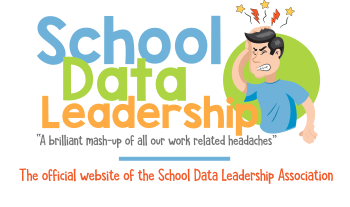Incorporate information about family and community expectations and needs into decision-making and activities.
The standard of incorporating information about family and community expectations and needs into decision-making and activities is a cornerstone for educational leaders in California who aim to create responsive, inclusive, and effective school environments. Here’s an expanded look at this standard with practical strategies and linked resources that leaders can use to enhance their understanding and implementation:
Understanding Family and Community Expectations
-
Community Surveys and Feedback Sessions: Engage in regular surveys and hold community forums to gather insights directly from families and community members. Tools like SurveyMonkey or Google Forms can be used to collect this data systematically.
-
Home Visits: Implement a program of home visits by school staff to build trust and understand the unique context of each family. The Parent Teacher Home Visit Project offers guidelines and best practices for conducting effective home visits.
-
Focus Groups: Conduct focus groups with different community segments to delve deeper into specific issues or concerns. This can help tailor solutions that are culturally and contextually relevant.
Integrating Needs and Expectations into Decision-Making
-
Inclusion in School Boards or Committees: Create roles on school governance boards for community and family members to ensure their perspectives are directly included in decision-making processes. The California School Boards Association provides resources on how to effectively integrate community members into governance.
-
Policy Development Workshops: Organize workshops where community stakeholders can contribute to policy development. Resources from organizations like the California Department of Education can be instrumental in guiding these interactions.
-
Transparent Communication Channels: Establish clear and regular channels for communicating decisions back to the community, such as newsletters, school websites, and social media. Ensure feedback mechanisms are in place so the community can respond. Remind and SchoolMessenger are effective tools for maintaining open lines of communication.
Case Studies and Professional Development
-
Professional Development on Family Engagement: Encourage staff to participate in training that focuses on family and community engagement strategies. The Flamboyan Foundation offers excellent resources and training modules on family engagement.
-
Learning from Successful Models: Review and discuss case studies of successful community engagement from other districts or states. EdSource often features articles and studies about effective community engagement strategies in education.
-
Ongoing Learning and Adaptation: Promote an organizational culture that values continual learning and adaptation based on community feedback. Engage with resources like Learning Forward for professional development strategies that integrate community feedback into educational practices.
Measuring Impact
-
Regular Evaluation: Implement systems to regularly assess how well the needs and expectations of the family and community are being met. This might include annual reviews of community engagement initiatives and their impact on student outcomes.
-
Data-Driven Decision Making: Use data collected from community and family engagements to inform decisions at the administrative level. Tools such as Tableau Public can help visualize and analyze feedback data effectively.
By expanding on this standard and utilizing these strategies and resources, educational leaders in California can ensure that their decisions are deeply informed by the families and communities they serve, leading to more effective and responsive educational practices.
